Home>Construction & Tools>Worksite Management>How To Organize A Classroom
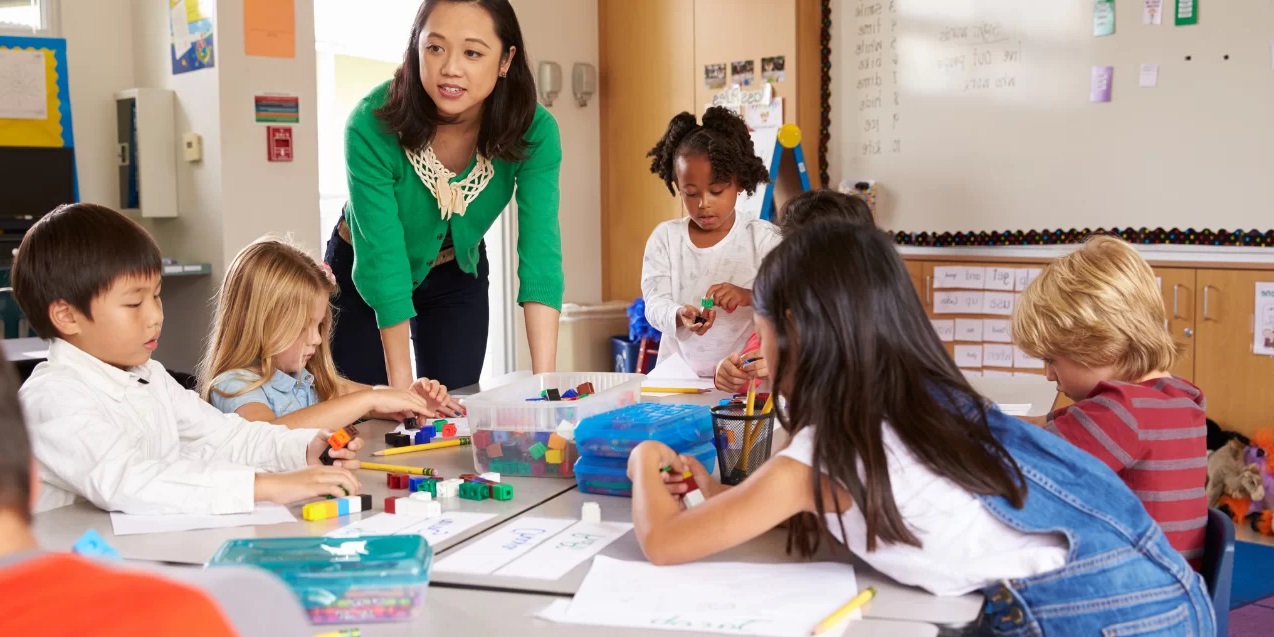

Worksite Management
How To Organize A Classroom
Published: March 2, 2024
Learn effective strategies for worksite management and classroom organization to create a productive and engaging learning environment. Discover practical tips and techniques for optimizing your classroom layout and workflow.
(Many of the links in this article redirect to a specific reviewed product. Your purchase of these products through affiliate links helps to generate commission for Storables.com, at no extra cost. Learn more)
Setting Up the Classroom Layout
Setting up the classroom layout is a crucial step in creating an organized and functional learning environment. The way you arrange desks, tables, and other furniture can significantly impact the flow of the classroom and the students' ability to engage with the material. When designing the layout, consider the age group of the students, the type of activities that will take place, and the overall goals for the classroom space.
-
Consider the Purpose of the Space: Before arranging the furniture, think about the different activities that will occur in the classroom. Will there be group work, individual study, or presentations? Tailoring the layout to accommodate these activities can enhance the learning experience for the students.
-
Maximize Space: Make the most of the available space by arranging furniture in a way that allows for easy movement and accessibility. Avoid cluttering the room with unnecessary items and ensure that there is ample space for students to navigate the classroom comfortably.
-
Create Different Zones: Designate specific areas for different purposes, such as a reading corner, a group work area, and a presentation space. This helps in organizing the classroom and provides a clear structure for various activities.
-
Consider Student Interaction: Arrange the seating in a way that encourages interaction and collaboration among students. For instance, circular or pod-style seating arrangements can facilitate group discussions and teamwork.
-
Teacher Accessibility: Ensure that the layout allows the teacher to move around the classroom easily and have a clear line of sight to all students. This facilitates effective classroom management and supervision.
By carefully considering the purpose of the space, maximizing available space, creating different zones, promoting student interaction, and ensuring teacher accessibility, you can set up a classroom layout that fosters a conducive learning environment.
Key Takeaways:
- Designing a classroom layout involves considering different activities, maximizing space, creating zones, promoting student interaction, and ensuring teacher accessibility. This helps create a conducive learning environment.
- Implementing student-centered organization systems empowers students to take responsibility for maintaining a tidy and organized classroom. It fosters teamwork, problem-solving, and pride in their learning environment.
Read more: How To Organize A Classroom Library
Creating a Classroom Management Plan
Creating a classroom management plan is essential for maintaining order and creating a positive learning environment. A well-thought-out plan helps teachers establish clear expectations, address behavioral issues, and promote a sense of community within the classroom. Here are some key steps to consider when creating a classroom management plan:
-
Establish Clear Expectations: Clearly communicate the rules and expectations for behavior in the classroom. This sets the tone for a respectful and productive learning environment. Be specific about the behaviors that are expected and the consequences for not meeting those expectations.
-
Build Relationships: Cultivate positive relationships with your students. Getting to know them on a personal level can help in understanding their individual needs and motivations. When students feel valued and respected, they are more likely to adhere to the classroom rules.
-
Consistency is Key: Consistency in enforcing rules and consequences is crucial. Students thrive in an environment where expectations are consistently upheld. This helps in creating a sense of fairness and predictability.
-
Positive Reinforcement: Implement a system of positive reinforcement to acknowledge and reward good behavior. This can be in the form of verbal praise, stickers, or other incentives. Recognizing and celebrating positive behavior encourages students to continue making good choices.
-
Addressing Misbehavior: Have a plan in place for addressing misbehavior. This may involve a progressive discipline approach, where consequences escalate if the behavior persists. It's important to address misbehavior promptly and fairly.
-
Classroom Procedures: Establish clear procedures for various classroom activities, such as transitioning between lessons, using materials, and seeking assistance. When students understand the routines and procedures, it minimizes disruptions and creates a more organized learning environment.
-
Communication with Parents: Keep open lines of communication with parents or guardians. Inform them about the classroom management plan and seek their support in reinforcing positive behavior at home.
By establishing clear expectations, building relationships, maintaining consistency, implementing positive reinforcement, addressing misbehavior, setting classroom procedures, and communicating with parents, teachers can create an effective classroom management plan that promotes a positive and productive learning environment.
Establishing Classroom Routines and Procedures
Establishing clear and consistent classroom routines and procedures is fundamental in creating an organized and structured learning environment. When students understand the expectations and know what to anticipate, it minimizes disruptions and allows for a more focused and productive classroom experience. Here are essential steps to consider when establishing classroom routines and procedures:
-
Morning Routine: Begin the day with a consistent morning routine that sets a positive tone for the day. This may include activities such as morning greetings, attendance, and a brief review of the day's schedule.
-
Transition Procedures: Establish clear procedures for transitioning between activities, such as moving from desks to the carpet area for group discussions or transitioning between subjects. Consistent transition procedures help in maintaining a smooth flow throughout the day.
-
Materials Management: Define procedures for accessing and returning materials, such as textbooks, notebooks, and other learning resources. This ensures that students know where to find necessary materials and how to return them after use.
-
Classroom Rules Review: Regularly review and reinforce the classroom rules and expectations. This can be done through discussions, visual reminders, or interactive activities to ensure that students understand and internalize the rules.
-
Assignment Submission: Clearly communicate the procedures for submitting assignments, including deadlines, formatting requirements, and any specific instructions. Consistency in assignment submission procedures helps in managing workload and expectations.
-
Use of Classroom Tools: Teach students how to use classroom tools and technology, such as interactive whiteboards, projectors, or educational software. Establishing procedures for using these tools promotes responsible and effective utilization.
-
Procedures for Seeking Assistance: Encourage students to seek assistance when needed and establish procedures for doing so. This may involve raising a hand, using a designated signal, or approaching the teacher at specific times.
-
End-of-Day Routine: Conclude the day with an end-of-day routine that allows for reflection, organization of materials, and preparation for the following day. This may include tidying up the classroom, reviewing the day's accomplishments, and setting expectations for the next day.
By establishing and consistently reinforcing these classroom routines and procedures, teachers can create a structured and organized learning environment that promotes student engagement, minimizes disruptions, and fosters a positive and productive classroom experience.
Organizing Classroom Materials and Supplies
Organizing classroom materials and supplies is essential for creating an efficient and functional learning environment. A well-organized classroom not only promotes a sense of order but also facilitates smooth transitions between activities and minimizes disruptions. Here are some effective strategies for organizing classroom materials and supplies:
-
Categorize and Label: Sort classroom materials into categories such as art supplies, stationery, books, and manipulatives. Use clear, descriptive labels for storage containers, shelves, and drawers to ensure that both students and teachers can easily locate and return items to their designated places.
-
Accessible Storage: Utilize storage solutions that are easily accessible to students. Consider open shelving, labeled bins, and transparent containers to allow students to independently retrieve and return materials. This promotes a sense of responsibility and encourages students to take an active role in maintaining the organization of the classroom.
-
Designated Areas for Materials: Create designated areas for specific materials and supplies. For example, have a clearly defined space for art materials, a reading corner for books, and a stationery station for writing utensils. This helps in maintaining organization and allows students to quickly locate what they need for different activities.
-
Student-Centered Organization: Involve students in the organization process by assigning them roles and responsibilities for maintaining specific areas of the classroom. This not only fosters a sense of ownership but also teaches valuable organizational skills and promotes a collaborative classroom environment.
-
Regular Inventory Checks: Conduct regular inventory checks to assess the condition and availability of classroom materials. This helps in identifying items that need replenishing, repairing, or replacing. Keeping an updated inventory ensures that materials are readily available when needed.
-
Functional Workstations: Organize classroom materials in a way that supports different learning activities. For instance, group art supplies near the art area, place math manipulatives in proximity to the math center, and ensure that writing materials are easily accessible at writing stations. This streamlines the learning process and encourages independence among students.
-
Teacher Resource Organization: Establish a well-organized system for teacher resources, including lesson plans, teaching aids, and assessment materials. Having a designated area for teacher resources streamlines lesson preparation and ensures that essential materials are readily available during instruction.
By implementing these strategies for organizing classroom materials and supplies, teachers can create an environment that promotes independence, responsibility, and a seamless flow of learning activities. A well-organized classroom not only enhances the teaching and learning experience but also cultivates a sense of ownership and pride among students.
Utilizing Storage Solutions for Classroom Organization
Effective classroom organization relies heavily on the utilization of suitable storage solutions. The proper storage of classroom materials and supplies not only promotes a tidy environment but also facilitates easy access and retrieval of items when needed. Here are some practical storage solutions for classroom organization:
-
Shelving Units: Install sturdy and adjustable shelving units to accommodate a variety of materials. Utilize these units to store books, reference materials, and larger classroom supplies. Adjustable shelves offer flexibility in organizing materials of different sizes.
-
Labeled Bins and Containers: Use clear, labeled bins and containers to store smaller items such as art supplies, manipulatives, and stationery. Clear containers allow for easy visibility of the contents, while labels ensure that both teachers and students can quickly identify and return items to their designated places.
-
Bookcases and Reading Nooks: Create dedicated spaces for books by incorporating bookcases and cozy reading nooks within the classroom. Organize books by genre, reading level, or subject matter to facilitate easy access for students during independent reading time.
-
Cubbies and Lockers: For personal storage, consider providing students with individual cubbies or lockers to store their belongings, textbooks, and personal supplies. This promotes a sense of ownership and responsibility for their personal items while keeping the classroom space clutter-free.
-
Mobile Carts and Trolleys: Utilize mobile carts and trolleys to store and transport materials that are frequently used in different areas of the classroom. These carts can hold art supplies, science experiment materials, or technology devices, allowing for easy mobility and access during specific lessons or activities.
-
Wall-Mounted Organizers: Maximize vertical space by incorporating wall-mounted organizers for storing stationery, papers, and other frequently used items. Wall-mounted organizers help free up floor space and keep essential materials within reach for both teachers and students.
-
Classroom Cabinets: Install durable classroom cabinets with lockable doors to securely store valuable or hazardous materials. Cabinets provide a safe and organized storage solution for chemicals, scientific equipment, and other items that require controlled access.
-
Student Work Display Areas: Designate areas for displaying student work, such as bulletin boards, art display walls, or hanging wire systems. These display areas not only showcase student achievements but also serve as temporary storage for ongoing projects and artwork.
By implementing these storage solutions, teachers can effectively organize classroom materials and supplies, creating an environment that promotes accessibility, tidiness, and efficient use of space. Proper storage solutions contribute to a well-structured classroom that supports a conducive learning environment for both teachers and students.
Read more: How To Create An Outdoor Classroom
Implementing Student-Centered Organization Systems
Implementing student-centered organization systems involves empowering students to take an active role in maintaining the order and functionality of the classroom. By involving students in the organization process, teachers can foster a sense of responsibility, independence, and ownership among the students. Here are effective strategies for implementing student-centered organization systems:
-
Student-Led Clean-Up Routines: Assign specific roles to students for daily clean-up routines. This may include responsibilities such as organizing materials, tidying up workstations, and ensuring that the classroom is neat and organized at the end of each day. By involving students in these tasks, they develop a sense of accountability for the cleanliness and organization of the classroom.
-
Peer-Assisted Organization: Encourage peer-assisted organization by pairing students to work together in maintaining specific areas of the classroom. For example, students can collaborate to organize shared materials, tidy up group workspaces, or assist each other in returning items to their designated storage spaces. This promotes teamwork and collaboration while reinforcing organizational skills.
-
Student-Managed Resources: Provide opportunities for students to manage and maintain classroom resources. This may involve creating a system where students are responsible for distributing and collecting materials, such as textbooks, notebooks, or art supplies. By entrusting students with these responsibilities, they develop a sense of ownership and learn to appreciate the value of shared resources.
-
Student-Designed Organization Solutions: Involve students in the design and implementation of organization solutions within the classroom. This may include brainstorming sessions where students contribute ideas for improving the organization of materials, suggesting layout changes, or creating visual aids to support organization efforts. By including students in the decision-making process, teachers empower them to take ownership of their learning environment.
-
Organization Reflection and Feedback: Encourage students to reflect on the effectiveness of organization systems and provide feedback on areas that require improvement. This can be done through class discussions, anonymous surveys, or reflective journaling. By soliciting student input, teachers gain valuable insights into the organization needs of the classroom and can collaboratively work towards enhancing the organization systems.
-
Student-Created Organization Guidelines: Collaborate with students to establish clear organization guidelines and expectations. This may involve creating a set of classroom organization rules, developing visual reminders, or co-creating a class agreement on maintaining a tidy and organized learning space. By involving students in the creation of these guidelines, they develop a sense of ownership and commitment to upholding the agreed-upon standards.
By implementing these student-centered organization systems, teachers can empower students to actively contribute to the maintenance and organization of the classroom. In doing so, students develop valuable life skills, such as responsibility, teamwork, and problem-solving, while fostering a sense of pride and ownership in their learning environment.
Maintaining a Clean and Tidy Classroom Environment
Maintaining a clean and tidy classroom environment is essential for creating a conducive space for learning and promoting a sense of pride and respect among students. A clean and organized classroom not only enhances the overall learning experience but also contributes to the physical and mental well-being of both teachers and students. Here are some effective strategies for maintaining a clean and tidy classroom environment:
Daily Cleaning Routines
Establish daily cleaning routines that involve tidying up workstations, organizing materials, and ensuring that the classroom is free from clutter at the end of each day. Encourage students to take an active role in these routines, assigning specific tasks to different individuals or groups to ensure that the responsibilities are shared and the workload is manageable.
Regular Decluttering Sessions
Schedule regular decluttering sessions to assess the condition of the classroom and identify items that are no longer needed or are out of place. This may involve sorting through materials, reorganizing storage spaces, and discarding or repurposing items that contribute to unnecessary clutter. By periodically decluttering the classroom, teachers and students can maintain an organized and efficient learning environment.
Read more: How To Store Chromebooks In A Classroom
Sanitization and Hygiene Practices
Promote sanitization and hygiene practices within the classroom, especially in shared spaces and high-touch surfaces. Encourage students to practice proper hand hygiene, provide accessible hand sanitizing stations, and implement regular cleaning of classroom materials and equipment. By prioritizing cleanliness and hygiene, teachers can create a healthy and safe learning environment for everyone.
Waste Management and Recycling
Implement a waste management and recycling system within the classroom to encourage responsible disposal of materials and promote environmental awareness. Provide designated bins for different types of waste, such as recyclables, compostables, and general waste. Educate students about the importance of recycling and reducing waste, and involve them in the process of sorting and disposing of materials responsibly.
Classroom Beautification Projects
Engage students in classroom beautification projects that involve decorating the space, creating visual displays, and incorporating elements of nature. This may include setting up indoor plants, creating artwork to adorn the walls, or organizing collaborative projects to enhance the aesthetic appeal of the classroom. By involving students in these projects, teachers can instill a sense of ownership and pride in the appearance of the learning environment.
Collaboration with Janitorial Staff
Collaborate with janitorial staff or custodians to ensure that the classroom receives regular deep cleaning and maintenance. Communicate any specific cleaning needs or concerns to the janitorial staff and work together to address any issues related to cleanliness and maintenance. By maintaining open communication and collaboration, teachers can ensure that the classroom environment remains clean and well-maintained.
By implementing these strategies for maintaining a clean and tidy classroom environment, teachers can create a space that promotes a positive and productive learning experience. A clean and organized classroom not only supports academic success but also cultivates a sense of responsibility, respect, and well-being among students.
Frequently Asked Questions about How To Organize A Classroom
Was this page helpful?
At Storables.com, we guarantee accurate and reliable information. Our content, validated by Expert Board Contributors, is crafted following stringent Editorial Policies. We're committed to providing you with well-researched, expert-backed insights for all your informational needs.
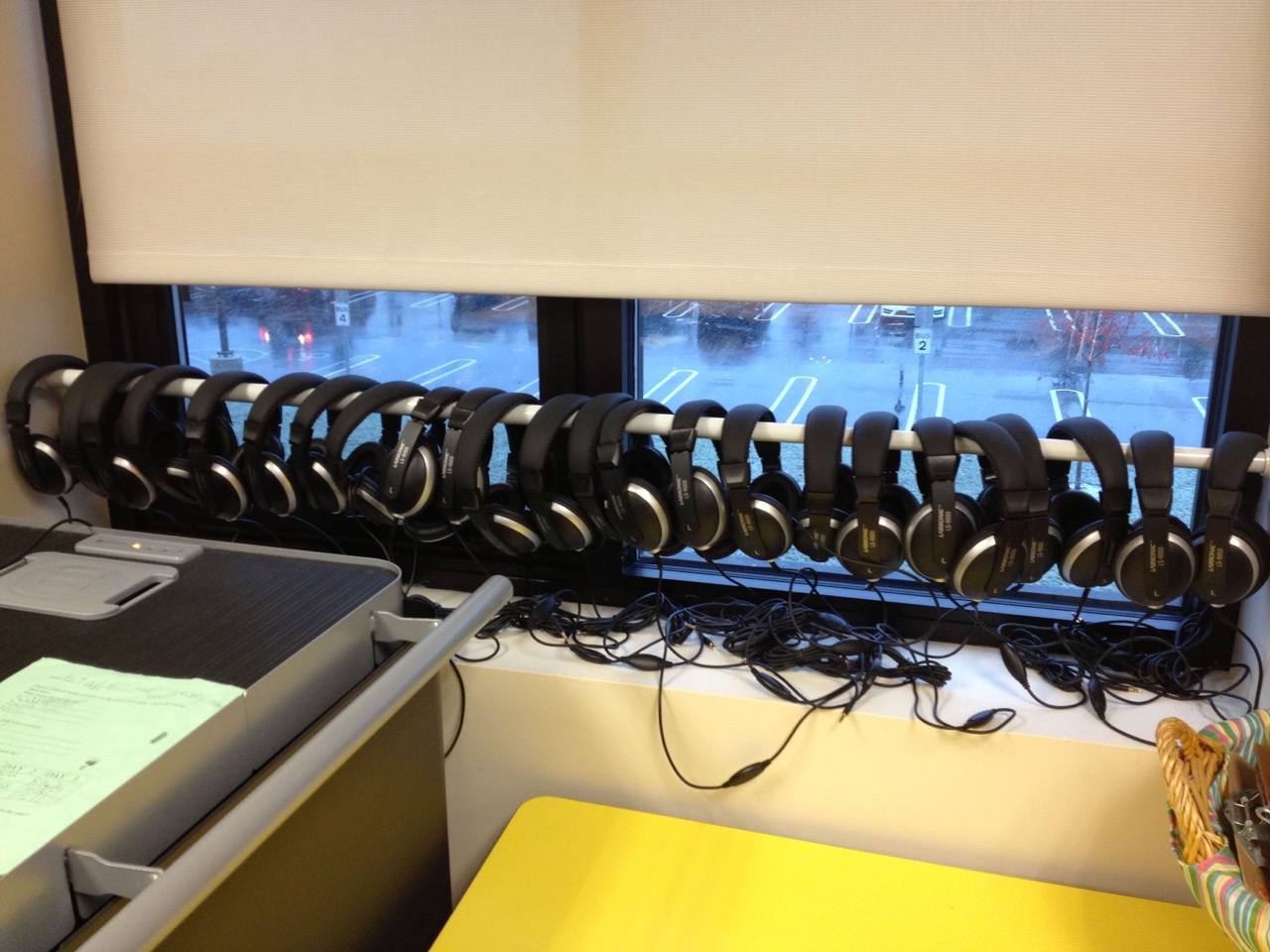
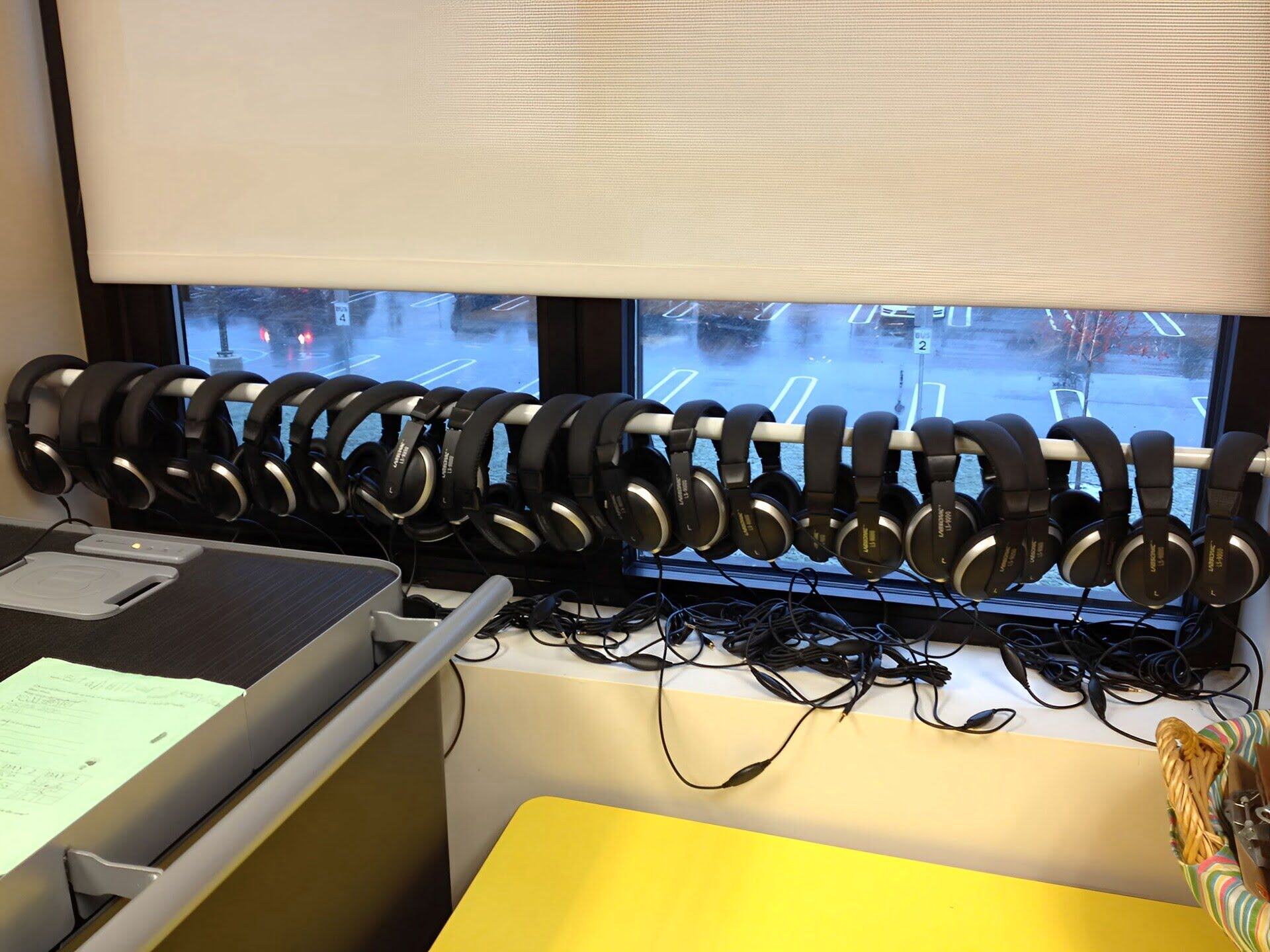
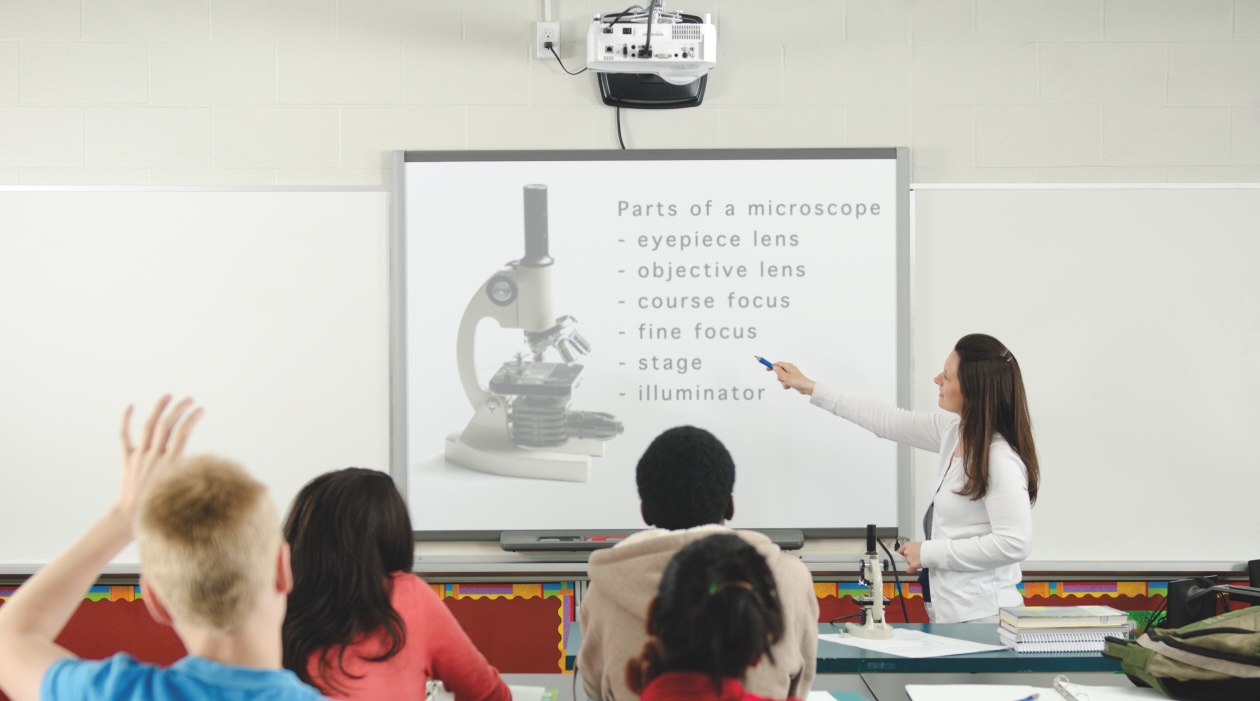

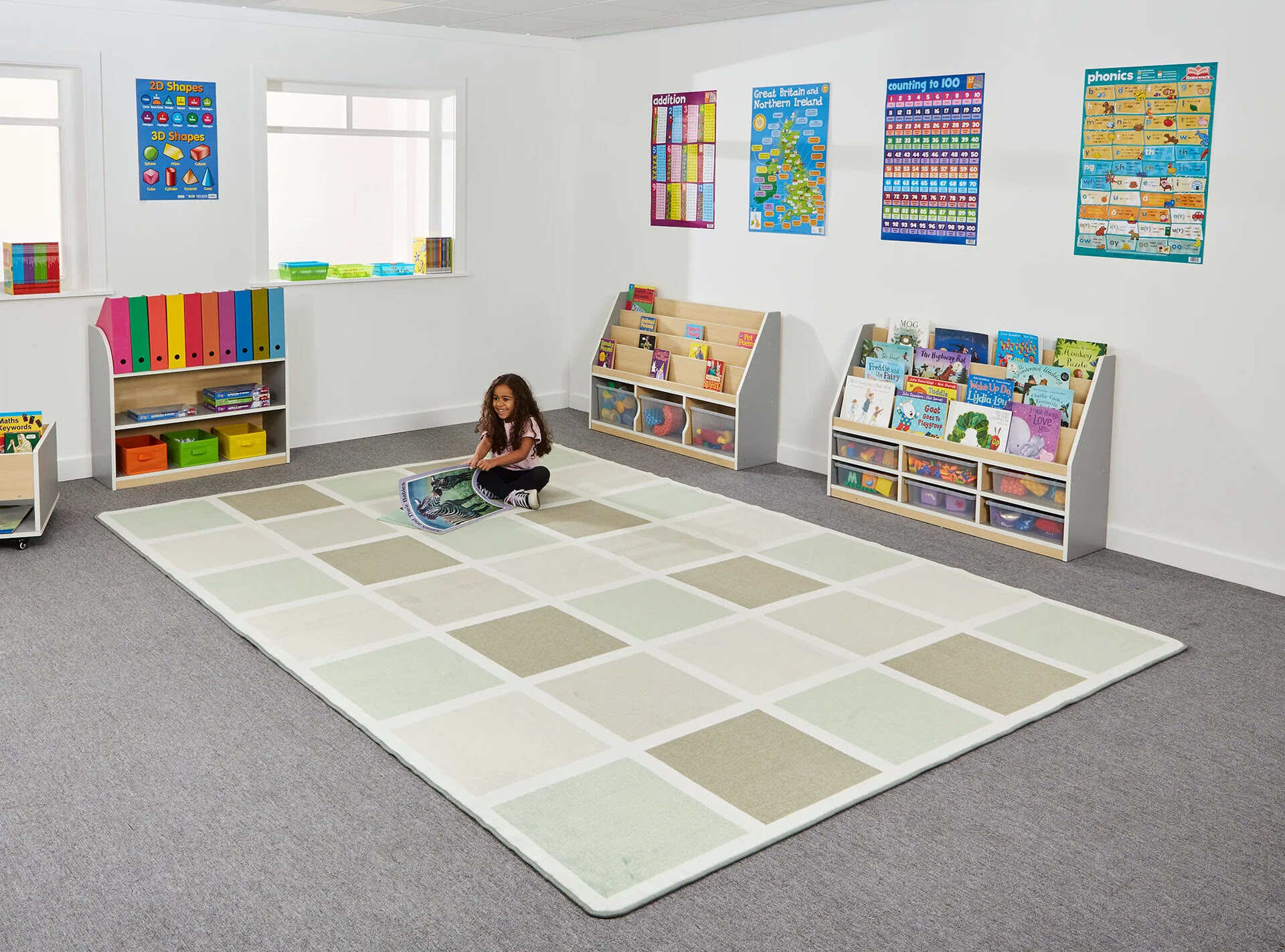
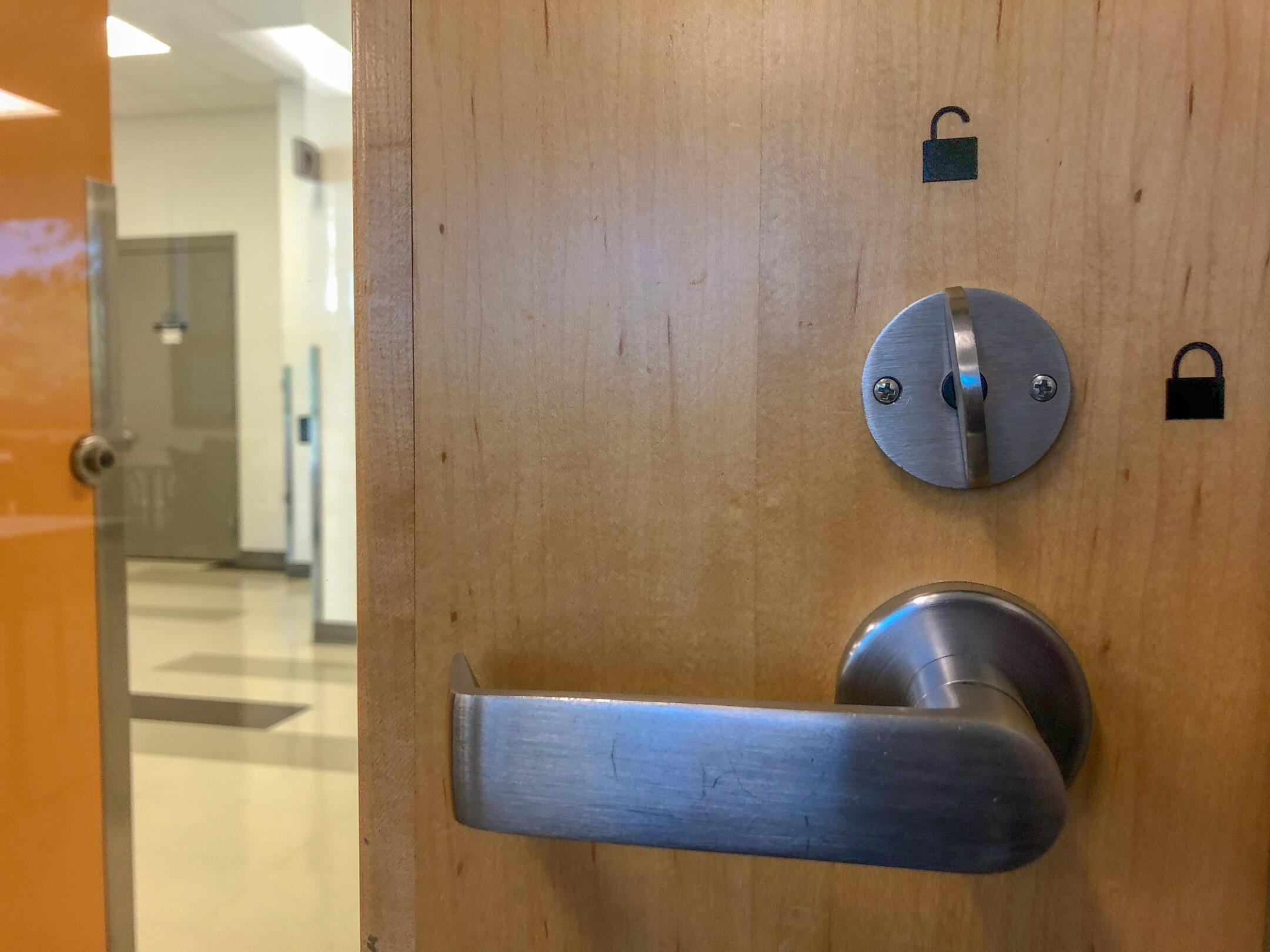
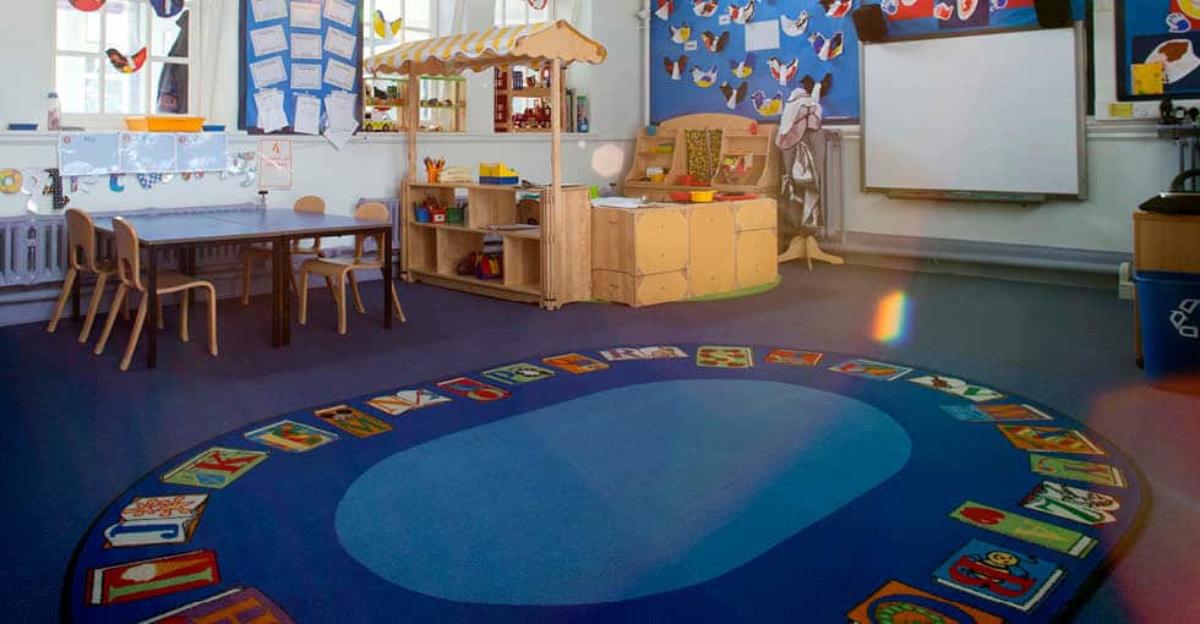
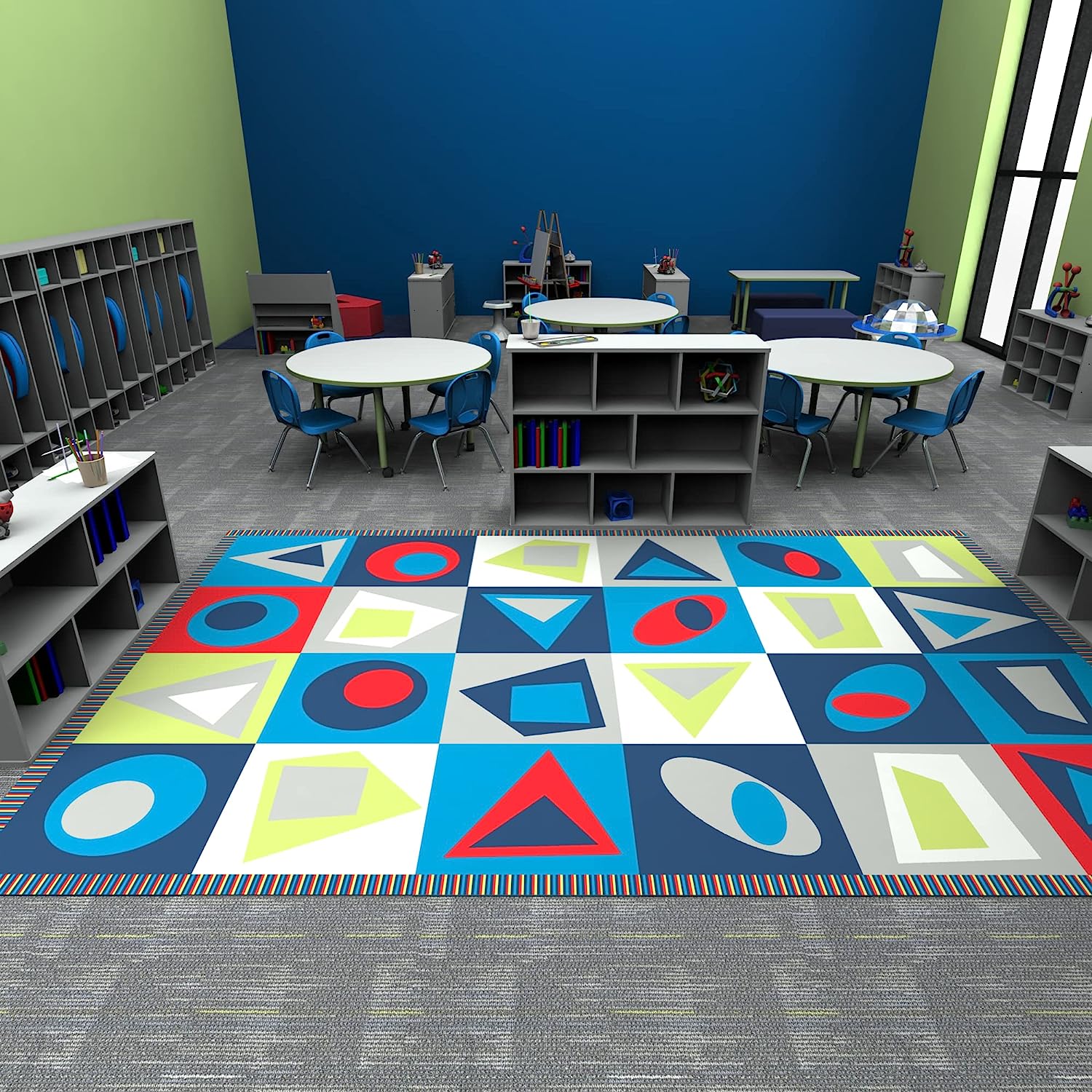
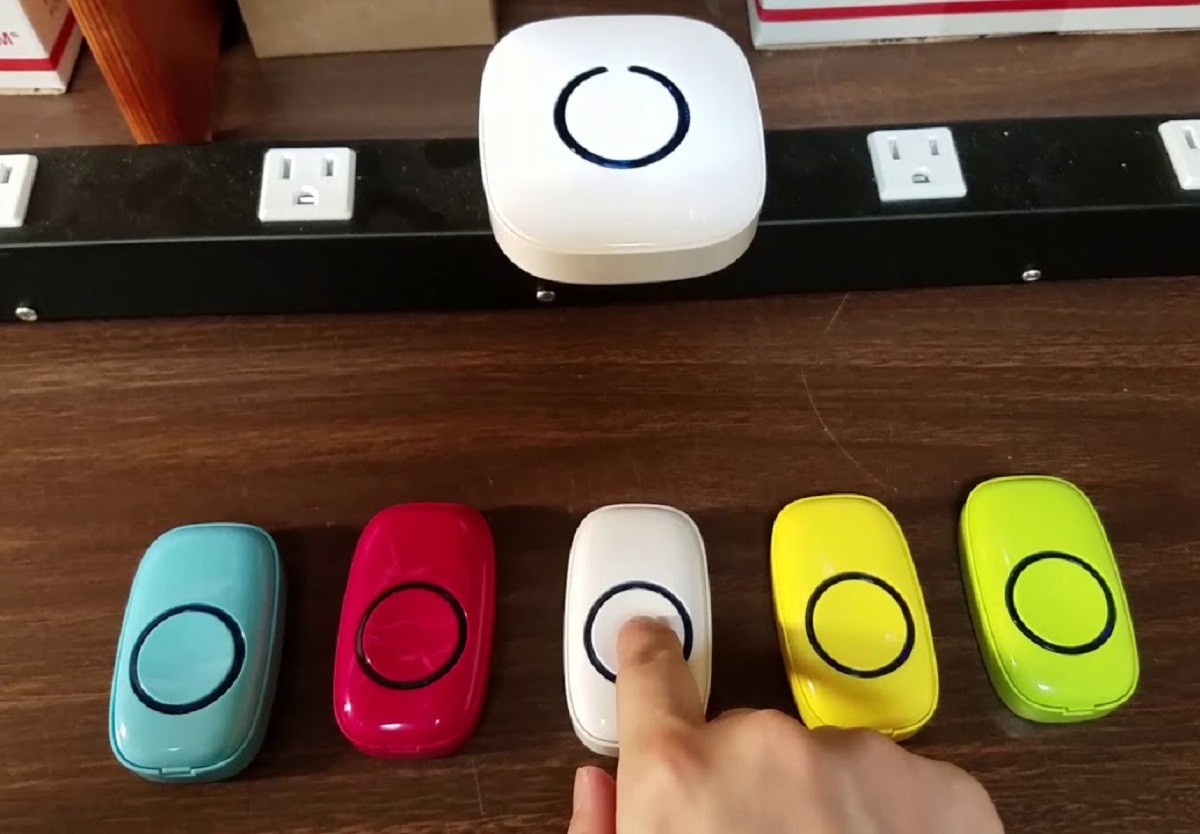
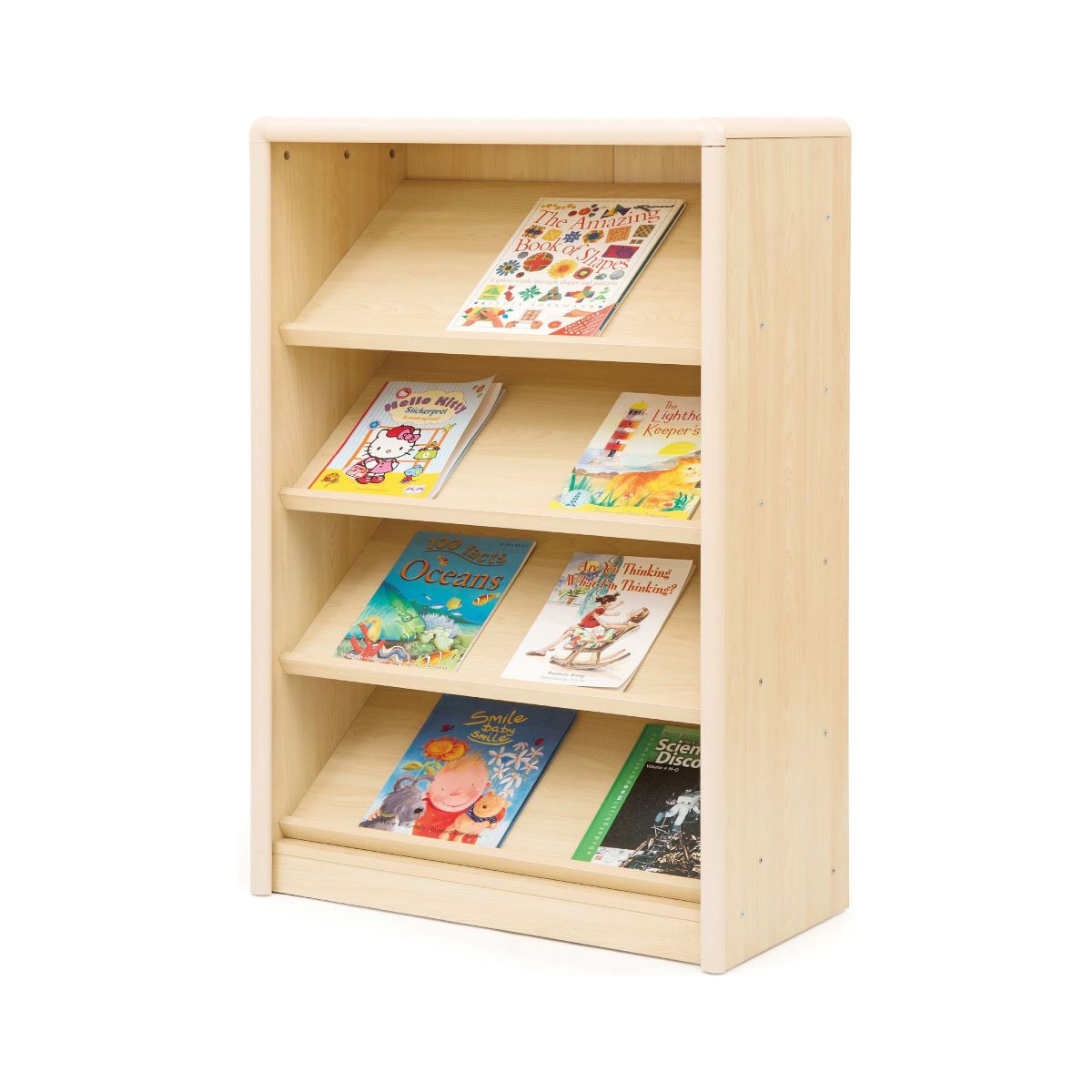
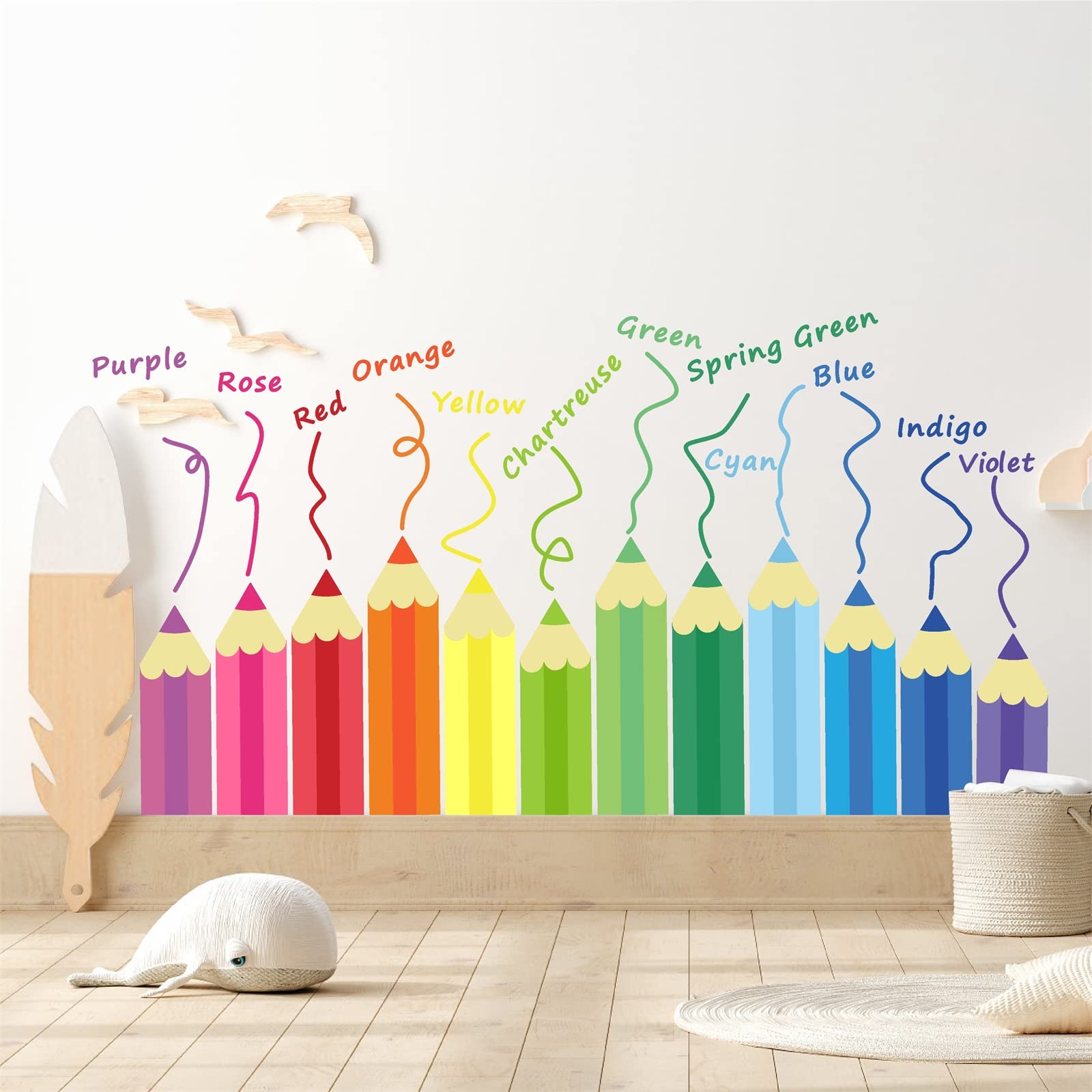
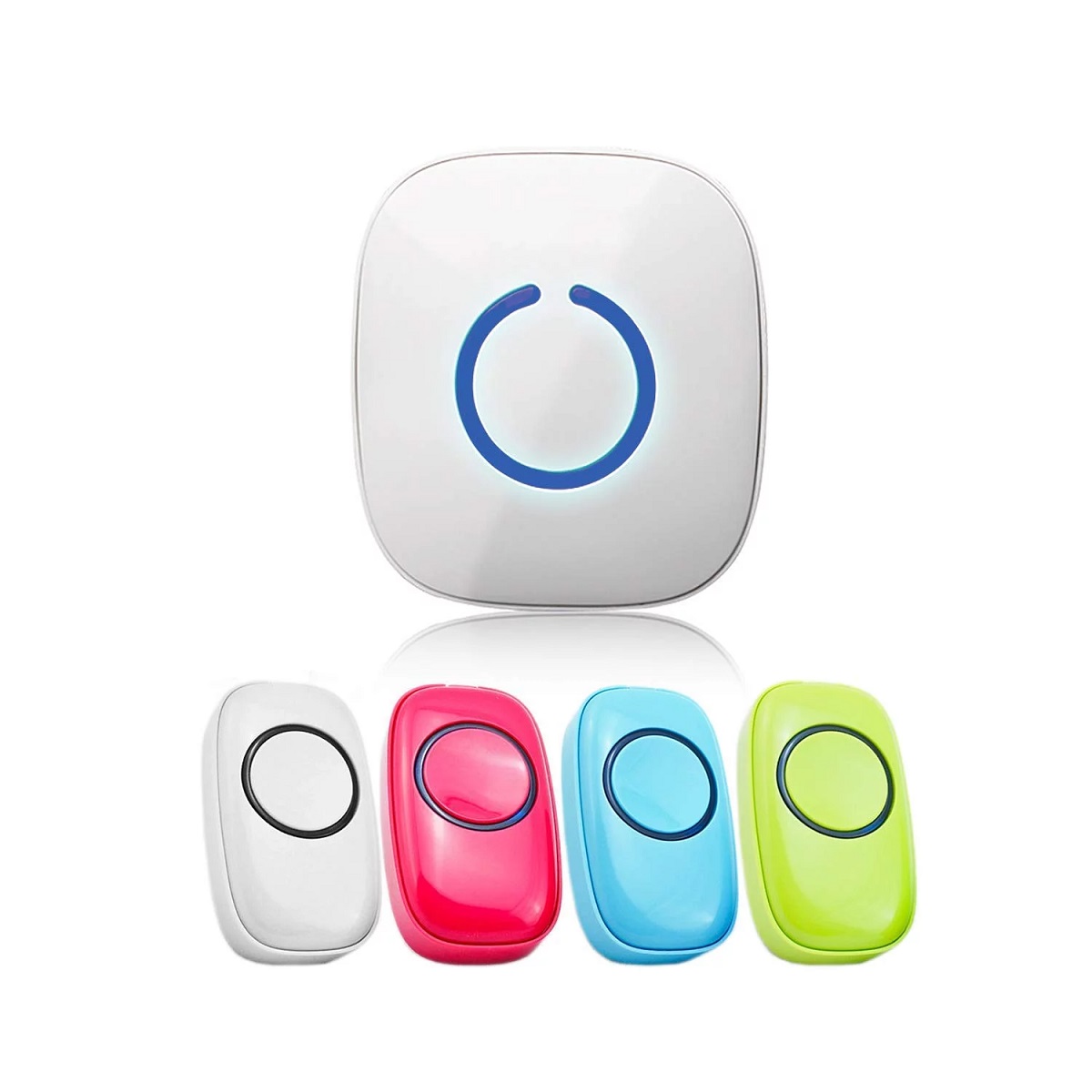
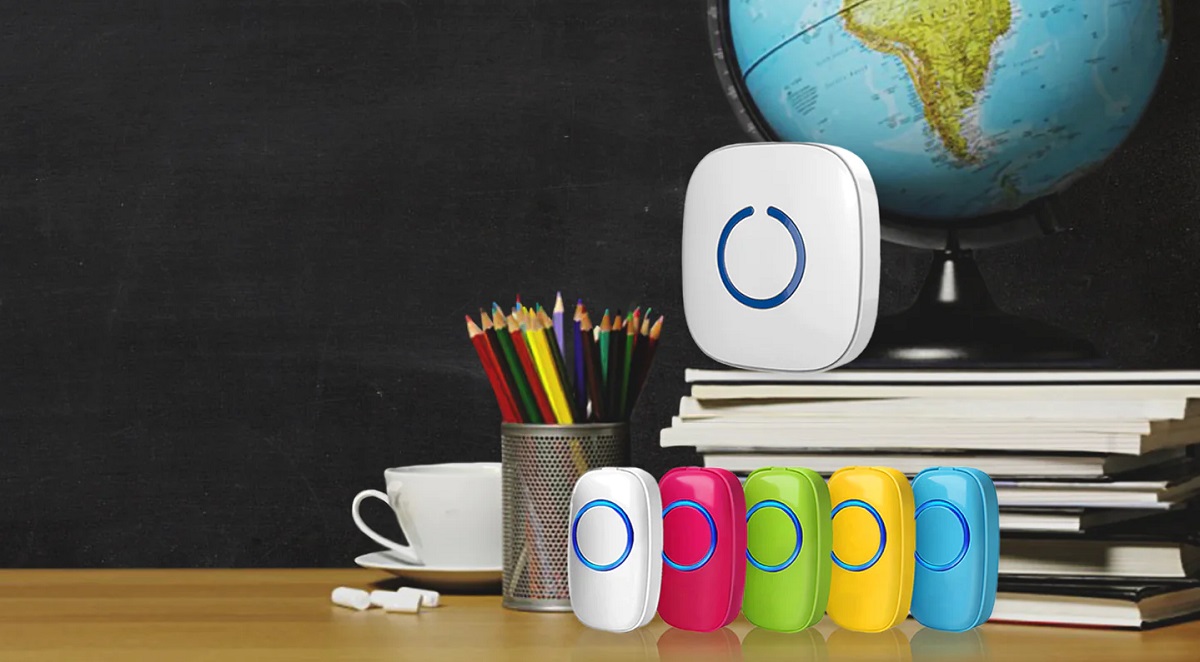

0 thoughts on “How To Organize A Classroom”